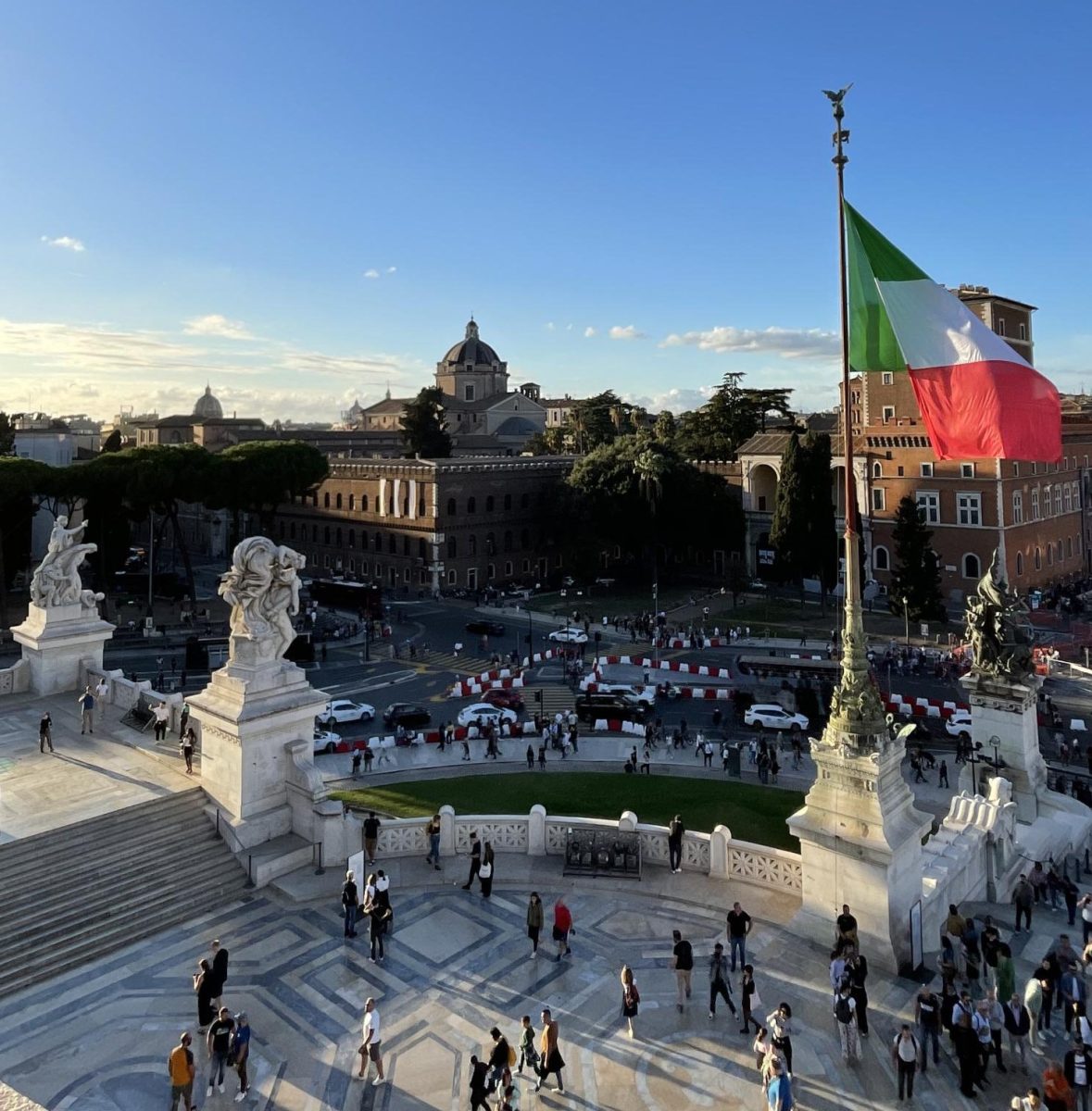Europe is one of the most chosen destinations for a vacation, and Italy a timeless must-see: the vastness of its landscapes, the authentic beauty of its culture, and the food are just three of the many things you can expect from this trip.
Among the most striking destinations, starting from the north, you cannot miss:
- Alto Adige (South Tyrol): if you want to immerse yourself in a mountain landscape in the Dolomites.
- Milano (Milan): the city of fashion and business, suitable for active people who are not afraid of the hectic city life.
- Torino (Turin): the ancient capital of Italy, where normal walks turn into promenades in full 19th century style given the antique flavor of the architecture.
- Venezia (Venice): The city of gondolas, perfect for a romantic getaway.

Moving then to central Italy some of the most iconic cities are:
- Roma (Rome): “The Eternal City,” which needs no further description.
- Bologna: where tortellini and salsa bolognese actually originated.
- Firenze (Florence): The nest of medieval art.
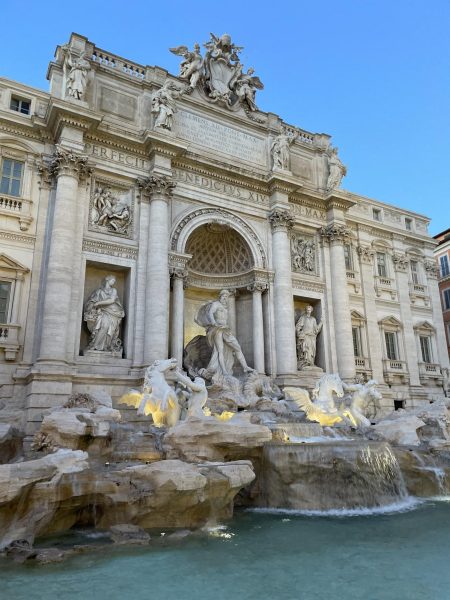
Concluding with the sprightly south, among its goodies there are:
- Costiera Amalfitana (Amalfi Coast): Among the most picturesque places in the world, with its magnificent beaches it attracts thousands of tourists from all over the world; so you have to be careful of those who want to take advantage of it (if something seems to cost too much, it’s probably not worth it).
- Sicilia (Sicily): Between beautiful cities like Syracuse and Taormina, just a ferry ride away, the sun always seems to shine in this region.
- Lecce: a white jewel located in the heel of Italy.
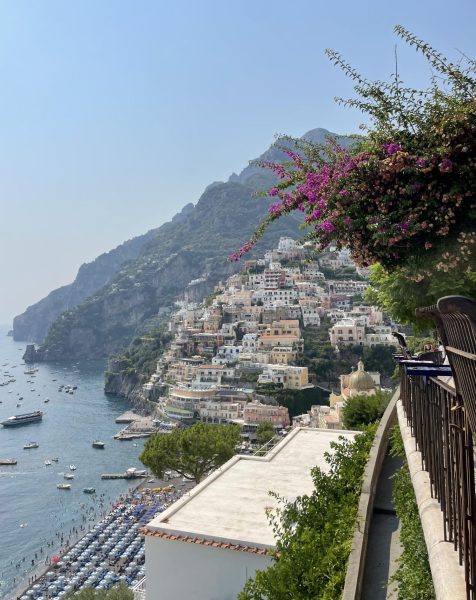
Honorable mention goes to Sardegna (Sardinia): paradise on earth, a unique region that has undergone Roman, Asian, and Spanic influences. Being an island about 290 miles away from Italy, it is more difficult to get to, but if you have the chance, absolutely unmissable.
Of course Italy is known for the food, its tradition and the quality of its ingredients, but this cannot be blamed. In fact, Italy can boast of being among the top, if not the top, of all the world’s cuisines. Your trip to Italy can only be a gastronomic experience as well, and among the traditional foods you will definitely want to try, there are:
*Disclaimer* : you will not find fettuccine alfredo, garlic bread/breadsticks, baked ziti, chicken parmigiana, spaghetti and meatballs, chicken marsala, Italian dressing or “creamy” carbonara, because they are NOT Italian foods, but rather variations of dishes related to the immigration of Italians to America.
- Pizza napoletana: it is among the most both famous and contaminated foods in the world, that’s why the Association Verace Pizza Napoletana (AVPN) was born in the 1980s to protect its history and original recipe.
- Tagliatelle al ragù: real Italian version of what Americans are prone to call ‘pasta Bolognese/Bolonesa,’ tagliatelle seems to have originated in 1487 at the court of the Duke of Ferrara, on the occasion of his wedding. According to myth, a well-known Bolognese cook prepared this special pasta inspired by the blond hair of the duke’s betrothed.
- Insalata caprese: Among the quintessential summer dishes, the Caprese salad owes its name to the island of Capri, where it was included on a hotel menu as it was conceived as a new, fresh and digestible dish.
- Pasta alla carbonara: It is hypothesized that carbonara would be the evolution of the “cacio e ova” dish, that is, cheese and eggs, plus, for carbonara, the addition of guanciale bacon, an Italian salt-cured meat product from pork jowl or cheeks.
- Polenta: this poor dish has ancient origins, so much so that before the arrival of maize in Europe in 1493, brought by Christopher Columbus, most polenta was cooked with spelt, barley, millet, rye and buckwheat.
- Risotto alla milanese: its recipe may have originated in 1574 at the table of a glassmaker. It seems that as a gift for his daughter’s wedding, his fellow glassmakers had saffron added to a white risotto with butter. This precious spice was in fact used by glassmakers to achieve a special yellow coloring of glass.
- Caponata: Sicilian caponata is a triumph of fried vegetables, topped with tomato, celery, olives and capers, bound by a delicious sweet-and-sour sauce made with sugar and vinegar.
- Spaghetti allo scoglio: among the most famous Campanian dishes, it is made of spaghetti with seafood such as mussels, clams, shrimp or scampi, with or without cherry tomatoes.
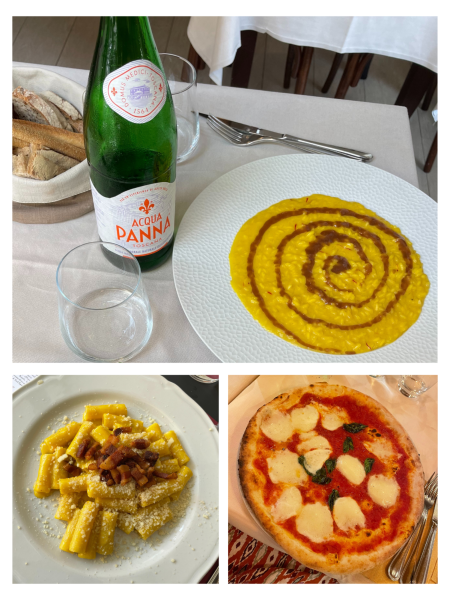
Along with food, something you cannot miss is definitely the so-called espresso, which has become a key symbol of Italian culture, although its meaning is often confused. What is called an espresso in America, in Italy is simply a coffee, ‘un caffè’. Italians always have a coffee or more throughout the day, but only drink coffee with milk in the morning. Instead of asking for a latte, which literally translates to milk, ask for a cappuccino or a latte macchiato (milk with a splash of espresso), otherwise you will get just a cup of milk.
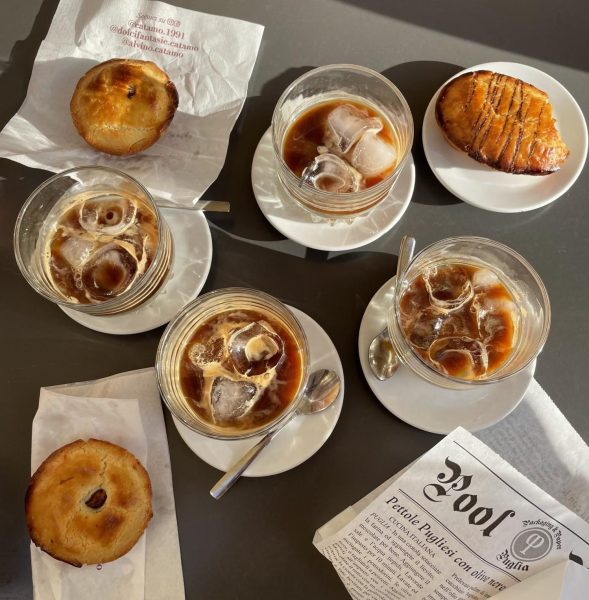
Knowing other words & phrases in Italian can also help you on different occasions. Keep in mind that most Italians know how to speak English or at least some words, if you need help, ask someone that looks around or below thirty, usually young people know the language better.
Basic words and phrases in everyday use:
- Hello = salve
- Hi / Bye = ciao
- See you soon = a presto
- Goodbye = arrivederci
- Good morning = buongiorno
- Good afternoon = buon pomeriggio
- Good evening = buona sera
- Thank you = grazie
- You’re welcome = prego
- Please = per favore
- I’m sorry / Excuse me = scusa
- My name is… = mi chiamo…
- Do you speak English? = Parli inglese?
- Can you help me, please? = Mi puo’ aiutare, per favore?
- I don’t understand = Non capisco
- Can you speak slower, please? = Può parlare più lentamente, per favore?
- Where is…? = Dov’è…?
- Can you repeat? = Può ripetere?
- Can I have…? = Posso avere…?
- Can I reserve a table? = Posso prenotare un tavolo?
- Do you accept credit cards? = Accetta carte di credito? (always carry some cash)
- I am allergic to… = Sono allergico (‘allergica’ for females) a…
And remember: don’t worry about only knowing how to speak English, most likely if you don’t understand something people will try to help you! Plus, once you’re in Italy, the only words you need in order to communicate are pizza and pasta, and fortunately they are pronounced universally the same.

